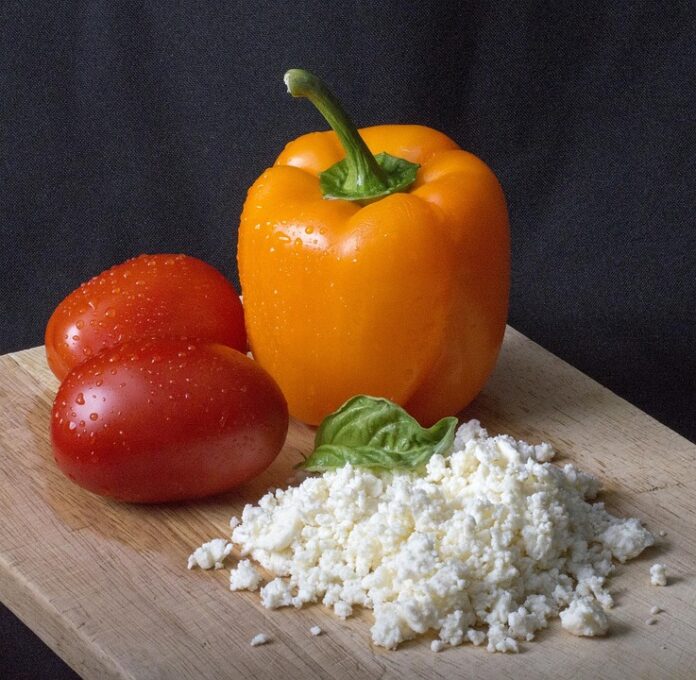Introduction
Feta cheese is a beloved dairy product that originates from Greece and is known for its tangy flavor and crumbly texture. Traditionally, feta cheese is made using a combination of sheep and goat milk, giving it a unique and distinctive taste. In this report, we will explore the traditional process of making feta cheese using sheep and goat milk, highlighting the key steps involved in its production.
Understanding the Traditional Process
1. Milk Collection
The first step in making feta cheese is collecting fresh sheep and goat milk. The milk is typically sourced from local farms that specialize in dairy production. Sheep milk is known for its rich and creamy texture, while goat milk adds a slightly tangy flavor to the cheese. The quality of the milk is crucial in determining the final taste and texture of the feta cheese.
2. Curdling the Milk
Once the milk is collected, it is heated to a specific temperature and then curdled using rennet, an enzyme that helps separate the curds from the whey. The curdled milk is then cut into small pieces to release the whey, resulting in the formation of curds.
3. Draining and Pressing
The curds are then drained using cheesecloth or a special mold to remove excess whey. The curds are pressed to release more whey and to give the cheese its characteristic shape. This process helps to form the crumbly texture of feta cheese.
4. Salting and Aging
After the curds are pressed, the feta cheese is salted to enhance its flavor and aid in the preservation process. The cheese is then placed in a brine solution for several days to mature and develop its distinctive taste. The aging process can last anywhere from a few days to several months, depending on the desired flavor profile.
Industry Insights
Market Demand
The global demand for feta cheese has been steadily increasing in recent years, driven by the growing popularity of Mediterranean cuisine and the rising interest in artisanal dairy products. Consumers are increasingly seeking out high-quality feta cheese made from sheep and goat milk due to its unique taste and nutritional benefits.
Key Players
There are several prominent companies in the market that specialize in the production of feta cheese using traditional methods. These companies often source their milk from local farms and prioritize quality and authenticity in their cheese-making process. Some well-known brands include Dodoni, Mt. Vikos, and Valbreso.
Financial Data
According to industry reports, the global feta cheese market is expected to grow at a steady rate in the coming years, with a projected CAGR of around 4% from 2021 to 2026. The market value of feta cheese is estimated to reach over $5 billion by 2026, driven by increasing consumer awareness of the health benefits of sheep and goat milk products.
Conclusion
In conclusion, the traditional process of making feta cheese using sheep and goat milk involves several key steps that contribute to its unique taste and texture. The demand for high-quality feta cheese made from sheep and goat milk is on the rise, with consumers increasingly seeking out artisanal dairy products with authentic flavors. As the global market for feta cheese continues to grow, companies that prioritize quality and traditional methods are well-positioned to capitalize on this trend.



